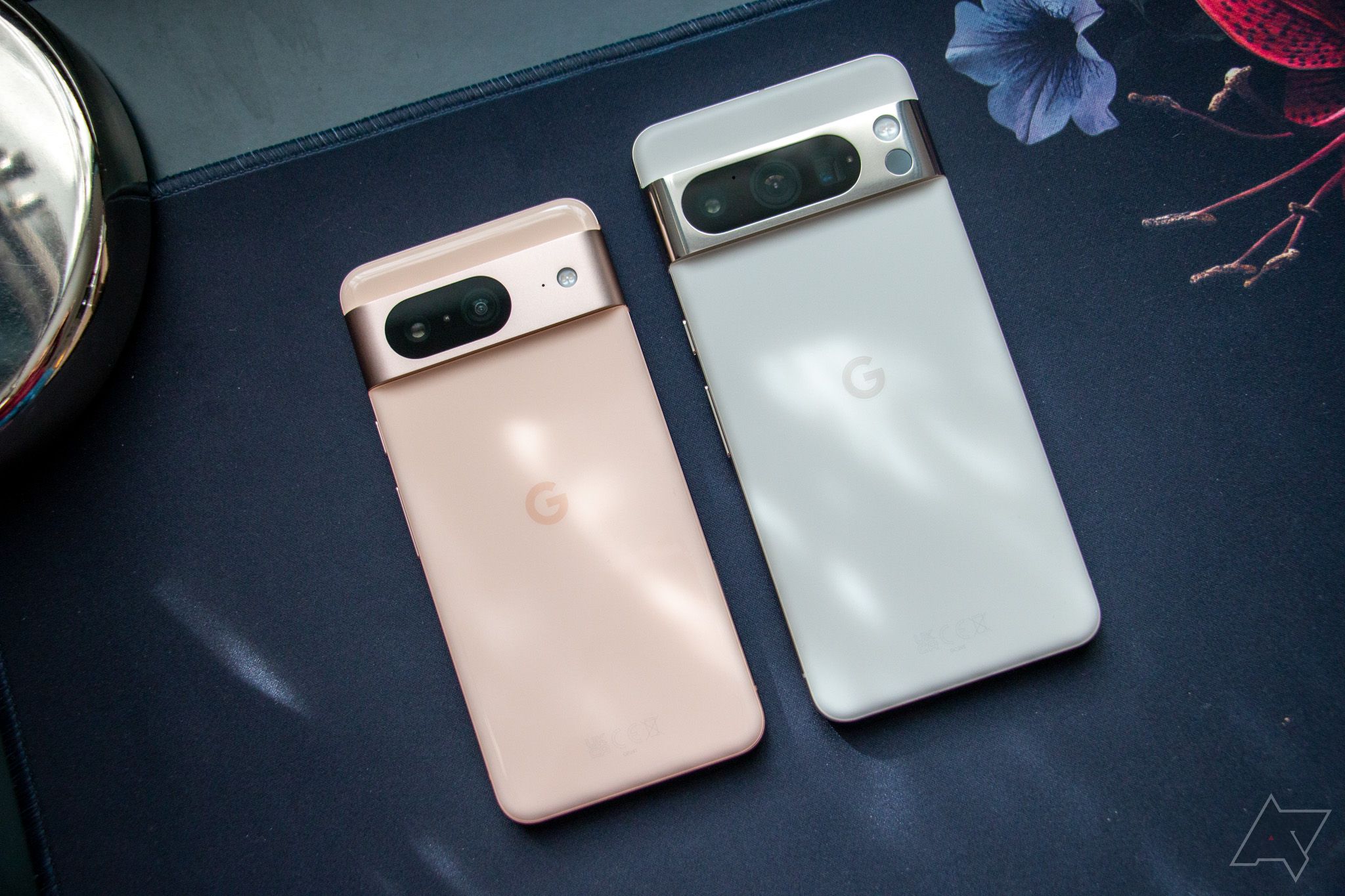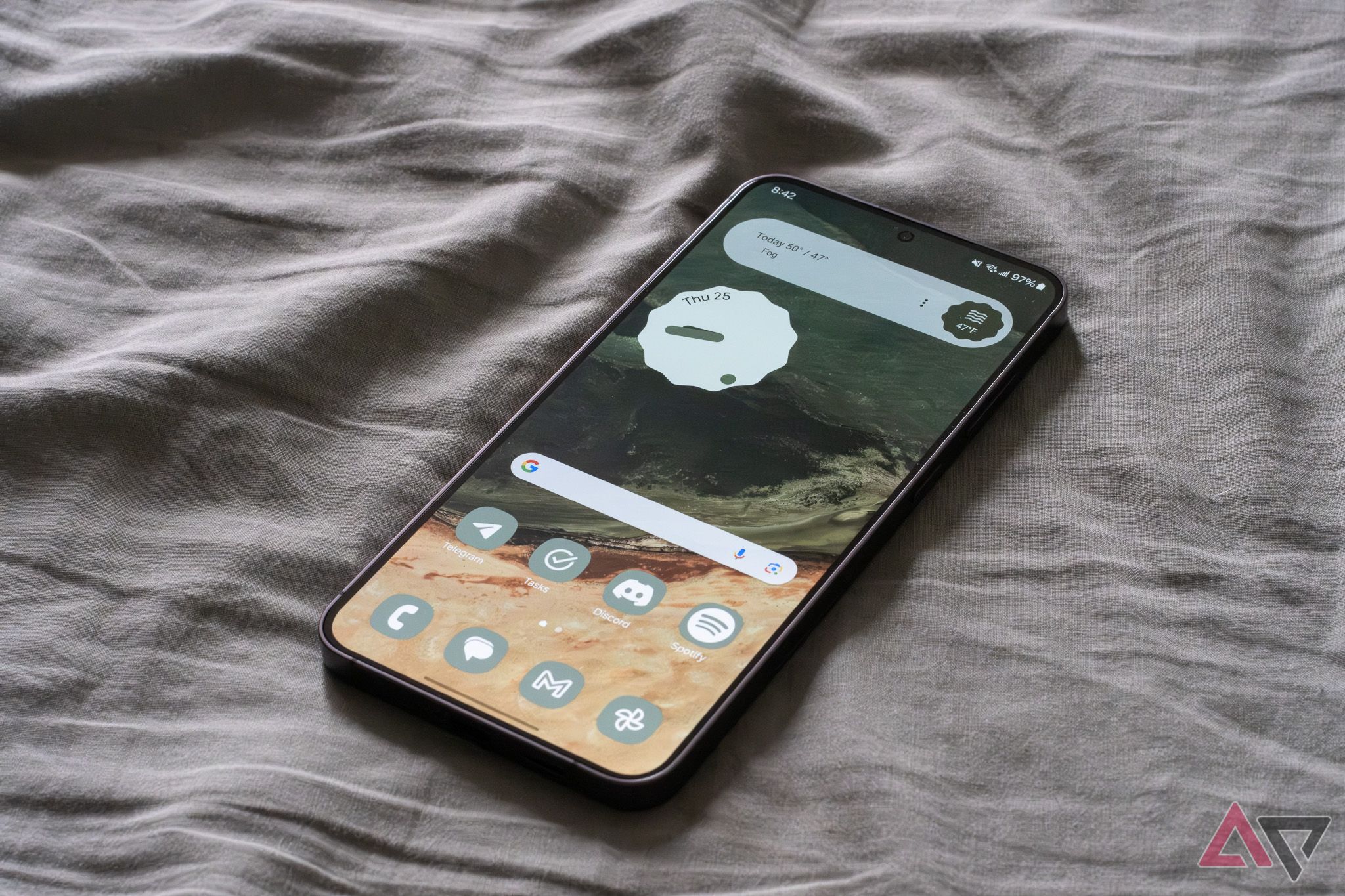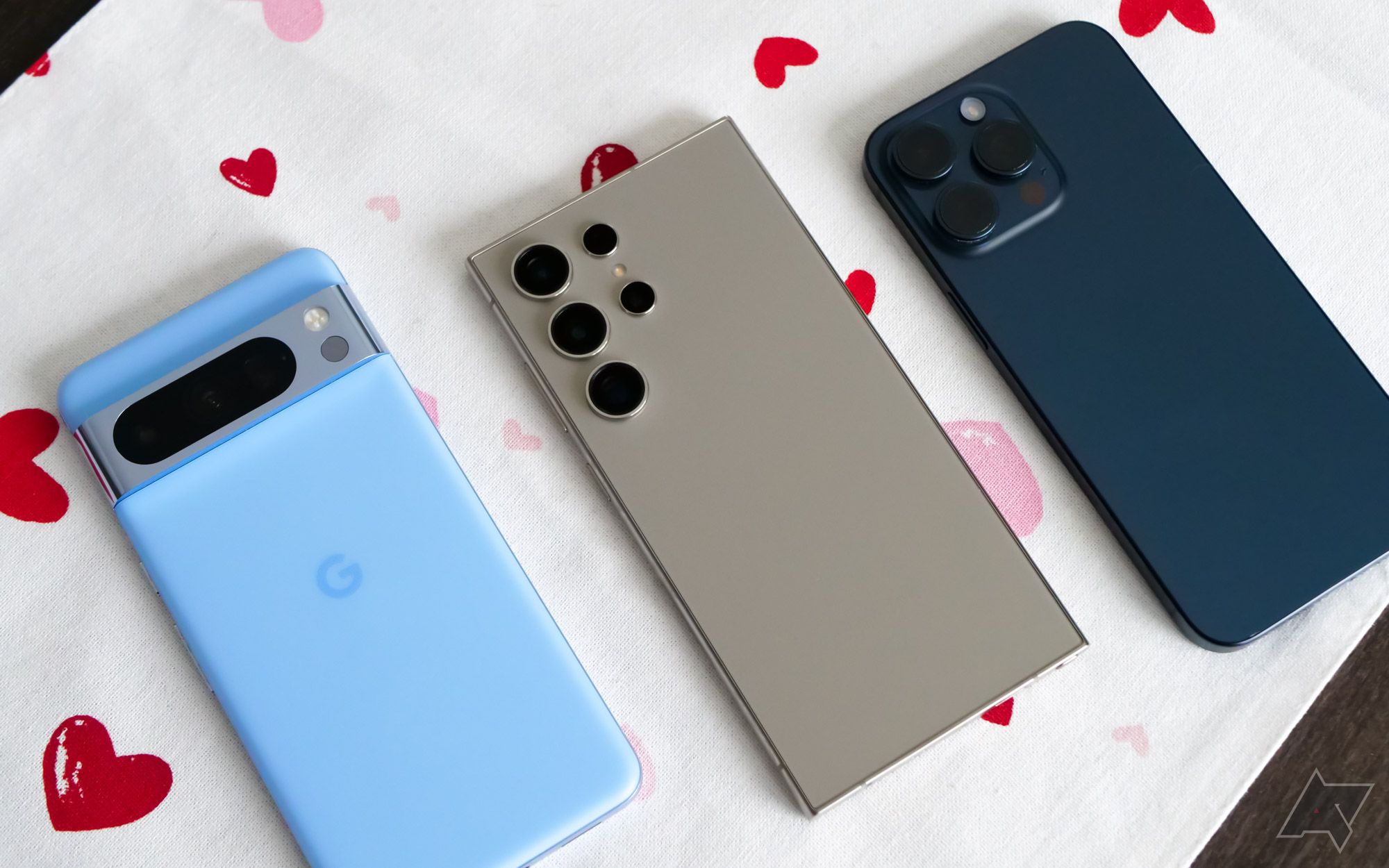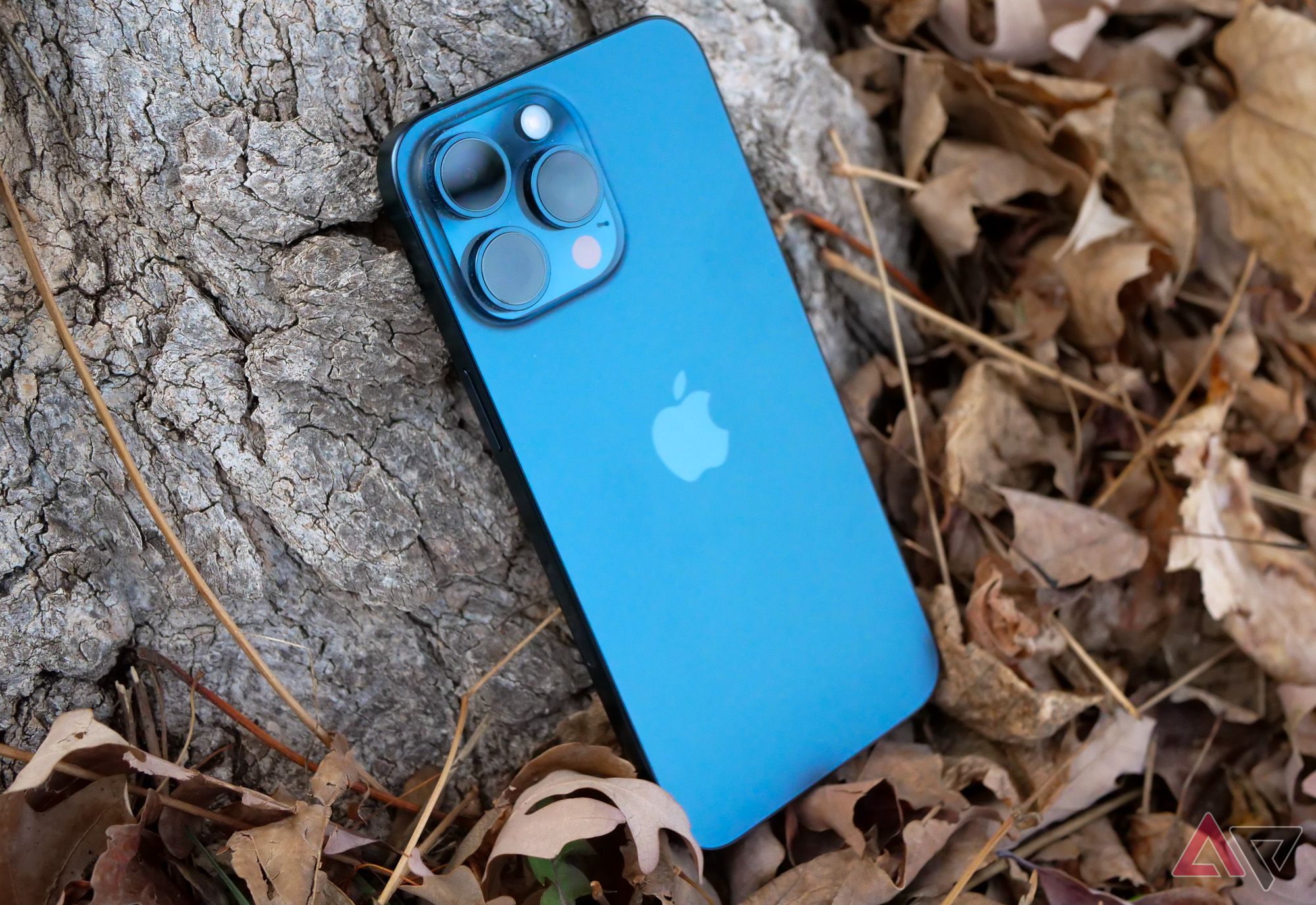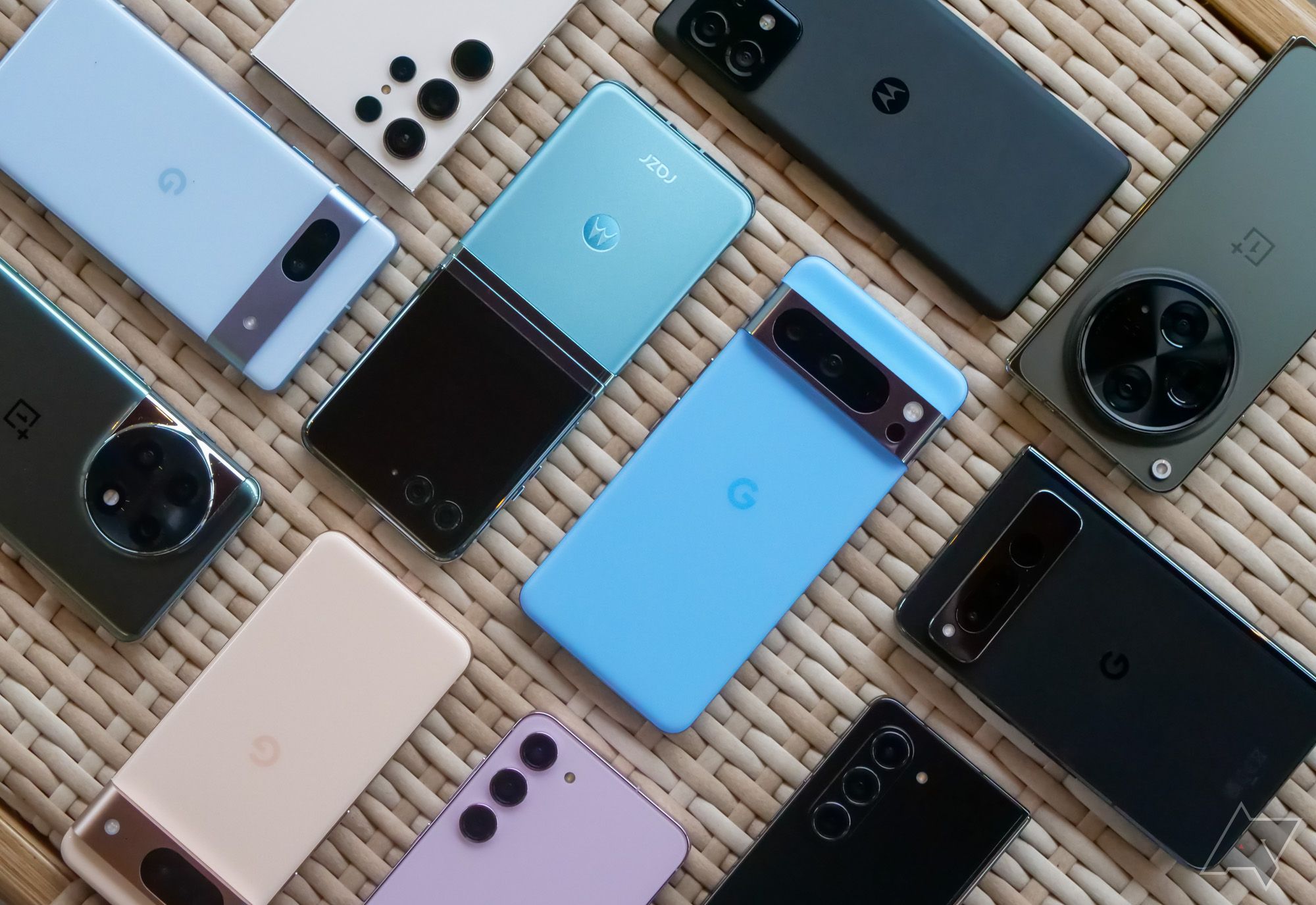Even as the Android market has shrunk over the past decade, there are a lot of good phones to pick from right now. I wouldn’t blame anyone who’s stuck between upgrade options — it’s tricky to narrow down which device is right for you, especially if you aren’t already baked into Google or Samsung’s respective ecosystems. But I think there’s another reason selecting a new phone is difficult in 2024. For as good as devices like the Pixel 8 Pro and Galaxy S24 Ultra might be on paper, no Android phone right now checks all the right boxes, and I think that’s a major problem.
No modern Android flagship should make you settle
And right now, they all come with shortcomings
Earlier this week, my now-former colleague Manuel Vonau published his final piece for Android Police, where he declared the Pixel 8 to be the best Android phone you can buy today. I’m not here to fully disagree with him — there are plenty of things I like about Google’s smaller 2023 flagship — but I do wonder if we’re setting the bar too low. Allow me to offer this counterpoint to Manuel: the lack of an obvious one-size-fits-all smartphone means every buyer has to make some sort of compromise when upgrading.
Look at the major players in the US: Google, Samsung, Motorola, and OnePlus. Each of these companies have released some excellent flagships over the past twelve months, all aiming to outplay the competition in various ways. And yet, having tested nearly all of their respective output, I’d have a hard time giving a recommendation for any of these smartphones without at least one major caveat.
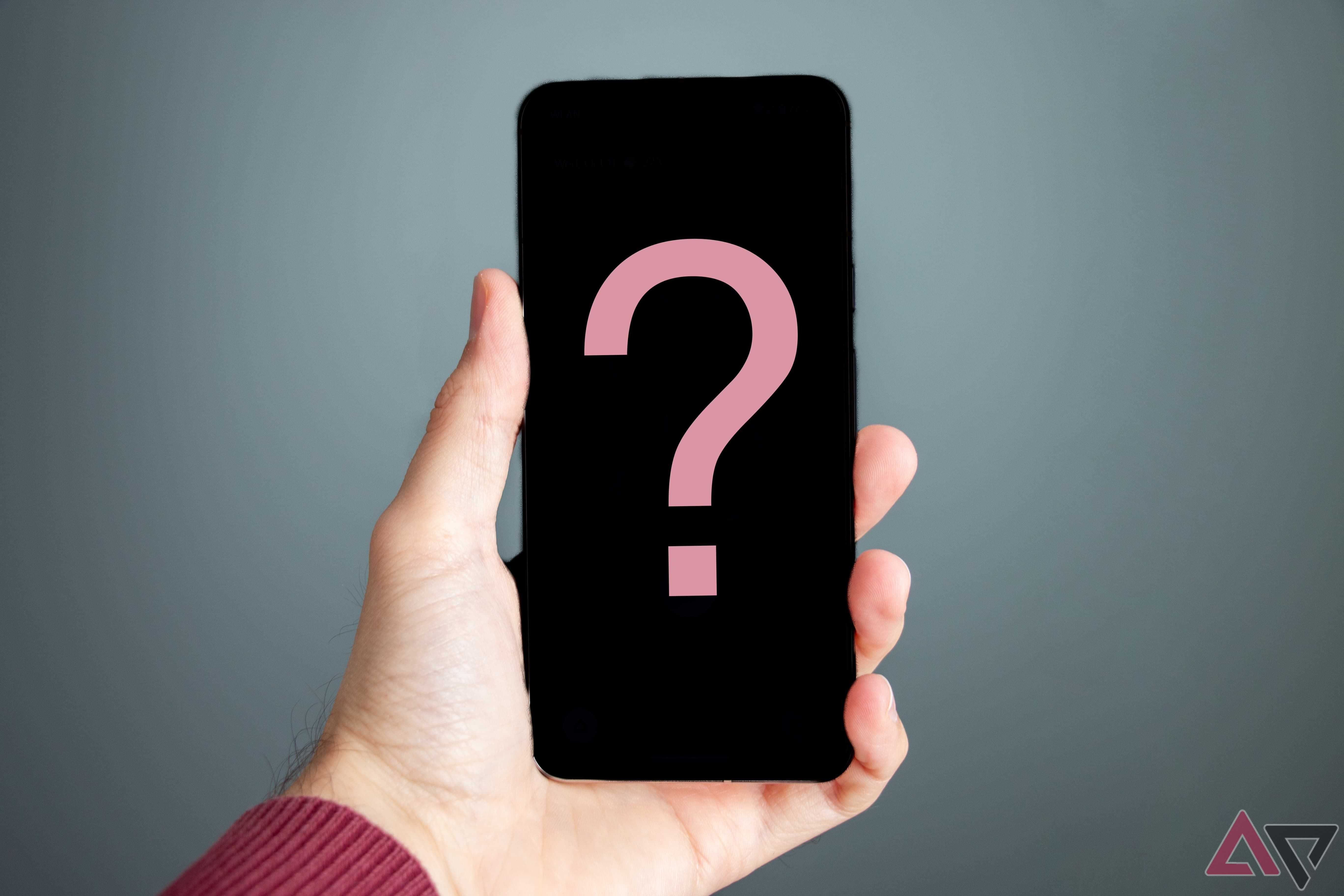
I reviewed phones for 5 years — here’s my pick right now
For all its flaws, the Google Pixel 8 is the phone I’d buy today
Take the Pixel 8 lineup, Manuel’s pick for the obvious go-to choice in 2024. I quite like the Pixel 8 and Pixel 8 Pro, but there’s no doubt Google has some serious reliability issues it needs to clean up. I’ve covered this in the past; Pixel hardware is simply too hit-or-miss to recommend to regular shoppers. There’s too great of a chance you’re going to end up with a lemon, either right out of the box or down the road following a botched software patch. For every person who has a flawless Pixel experience, there’s another with a horror story.
That makes Samsung the safer bet, but the Galaxy S24 series is far from perfect, too. We’re dealing with another generation of camera processing that struggles with motion, even as Samsung continues to make promises to fix it with post-launch patches. That’s not good enough anymore, especially at these ever-increasing prices. It’s fine if Samsung doesn’t want to take some more daring chances with its hardware, but it needs to get all of the basics right in the first place.
Motorola and OnePlus each struggle with software in their own unique ways. For as good as I believe Moto’s hardware has gotten — I’m incredibly excited to get my hands on that wooden smartphone later this year — the software experience just isn’t there. On cheaper phones, you’re dealing with an overwhelming amount of preloaded ad content, while flagships see delayed software upgrades that fall short of what we should expect from an OEM in 2024.
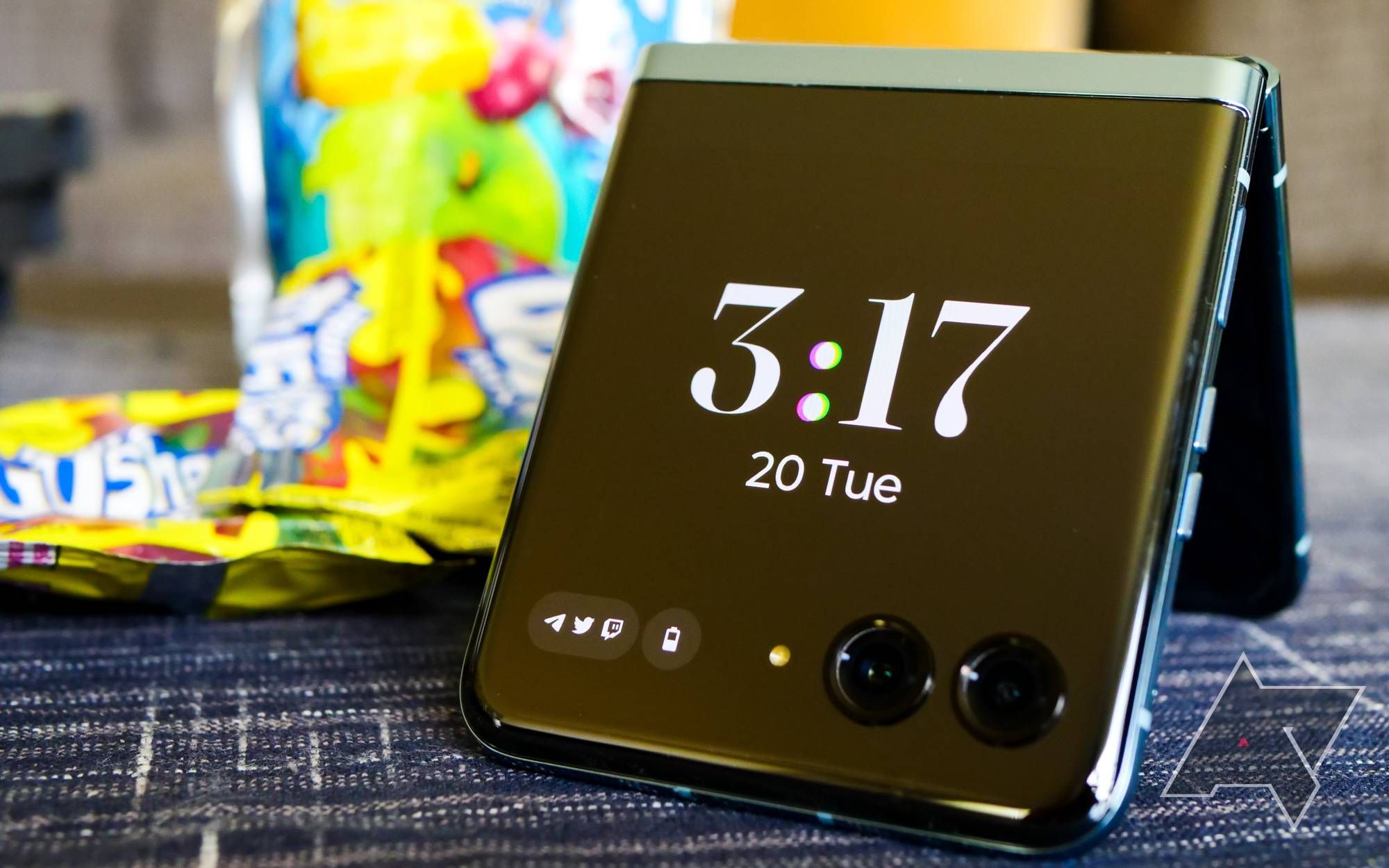
Motorola makes great hardware, but its software still disappoints in 2024
Resetting my phone for a security patch is unacceptable
OnePlus, in my opinion, is somewhat better on its update game — Android 14 started rolling out to the OnePlus 11 before the end of 2023, though the Open took much longer — but OxygenOS continues to focus on buzzword-laden “improvements” and, now, AI tools that don’t seem ready to measure up to the best from Samsung and Google. Factor in some questionable hardware choices over the past two years (no wireless charging on its 2023 lineup; continuing to use curved displays on the OnePlus 12) and it’s hard not to see the brand as behind the times.
In a world of boring smartphones, manufacturers need to aim for perfection
Or you-know-who might end up eating their lunch
Now, that doesn’t mean that these shortcomings apply to everyone. I’m back on the OnePlus Open as my daily driver, and I’m having a great time. OxygenOS is easy enough to ignore if you’re an experienced Android user, and some of the foldable-centric improvements really are exceptional. But when it comes time for everyday users — not necessarily AP readers, but your parents and friends and loved ones — to buy a new smartphone, I find it challenging to point someone in the right direction, even with all of my experience reviewing these devices.
Considering mobile tech is no longer a fresh, new product category, I think that’s a major problem. There are some real benefits to smartphones evolving into, effectively, appliances. They’ll likely last longer and perform better than hardware from a decade ago, saving consumers money and helping to reduce e-waste in the long run. But the shift to a more mature market means support and stability are more important than ever. These OEMs can’t just provide a good-enough experience at launch — they need to be in it for the long haul.
The stakes are higher than ever for the mobile industry, because — and you knew this was coming — the threat of Apple’s domination, particularly in regions like North America, looms large. No, Apple’s smartphones are not flawless, either — don’t get me started on iOS’s awful notification system. The iPhone has quirks and bugs, just like any other smartphone, no matter what message the company tries to push during its annual keynotes.
But Apple has managed to sell the iPhone as the device you get if you want a reliable, trustworthy device that just works. That’s been the motto from the very beginning, and regardless of whether you personally agree, it’s a phrase that has clearly convinced the general public. And whenever it doesn’t work, a support system exists that, in theory, allows for a relatively painless repair process to take place. Samsung has worked to counter this with its uBreakifix partnership, but the same can’t be said for Google’s bad reputation in this space.
And as Apple continues to slowly let its guard down on some of its silliest restrictions, the barrier for exhausted Android fans to swap teams grows smaller and smaller. My Twitter feed has been filled with iOS users experiencing mobile emulators for the very first time this week, and honestly, it’s great seeing more people try out something we’ve grown accustomed to ages ago. But it’s also just one more element these platforms have in common. If Android devices can’t nail the essentials, changes like this — or, hell, even Apple’s swap to USB-C last year — make it that much more likely for displeased users to abandon ship.
You should demand more from your smartphone
And OEMs should be striving to provide it
It’s easy for reviewers like myself to grow bored of the status quo, to demand some kind of change from the system. What we really need, though, is a sense of well-rounded competence that I’m not sure exists in Android at the moment. As much as I’d love to point at the Pixel 8 or the Galaxy S24 and say “just buy that,” I’m not sure it’s so simple.
The longer every major Android phone has at least one big caveat, the more I think you’re going to see regular buyers — not die-hard Android fans, but those who bought a Pixel 6 because they liked the marketing — consider switching sides. And as die-hard Android fans, we shouldn’t be accepting or ignoring major downsides to these phones just because we like the core operating system.
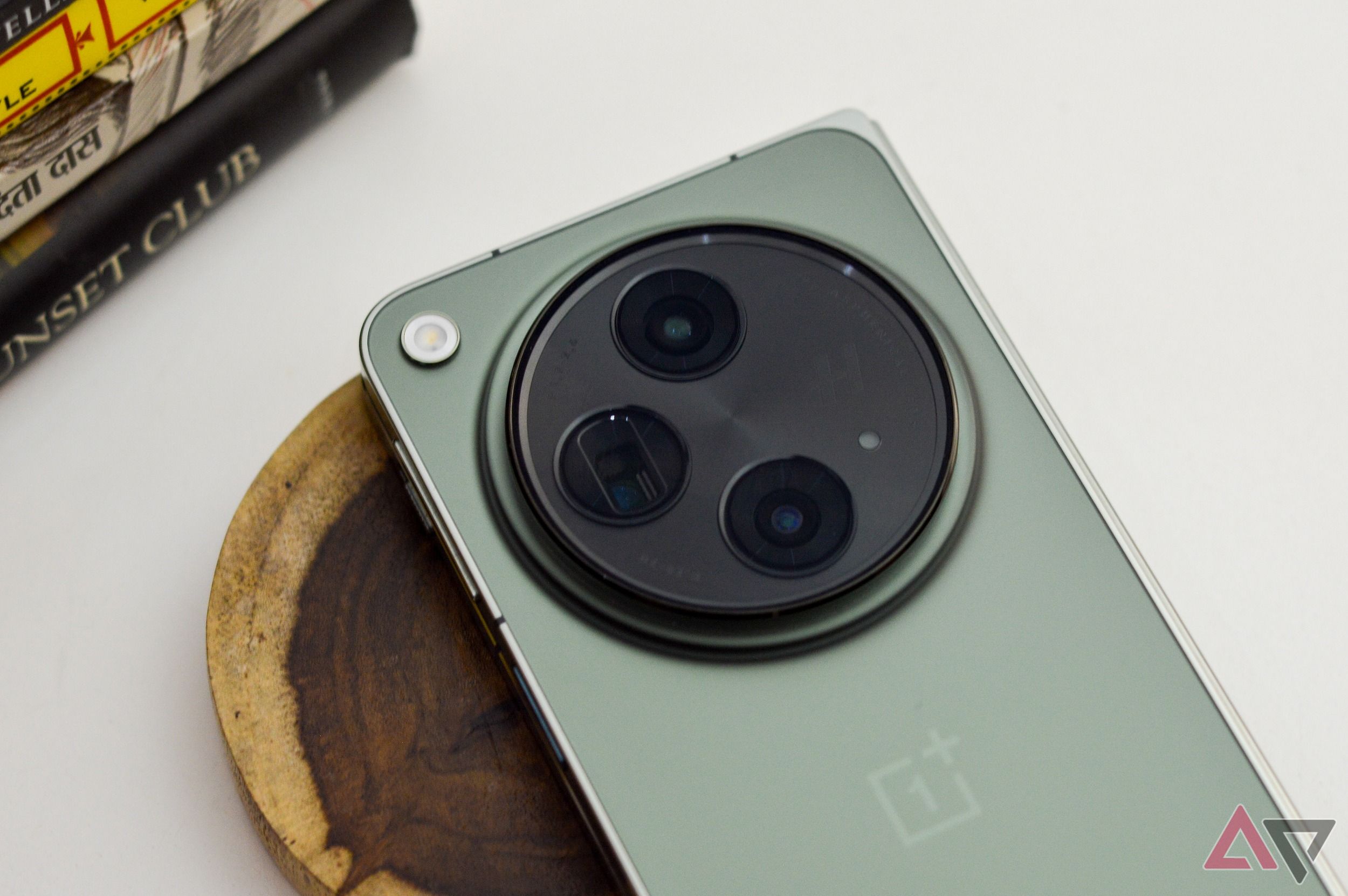
Smartphones can be boring — here’s how to make them fun again
You don’t have to purchase the same old phone every few years
As we move deeper into 2024, I hope these OEMs consider the current state of the market. I hope Motorola steps up its software support and Samsung manages to make its flagship’s cameras work at a flagship level out of the box. And as Google prepares to change how we think of its lineup with the Pixel 9 series, I hope it finally makes those Tensor-based bugs a thing of the past.
If smartphones are going to be “boring,” we deserve a near-flawless experience, one that makes people want to buy the latest and greatest from Samsung or Google. Otherwise, the North American audience for Android might continue to dwindle away until it’s too late.




